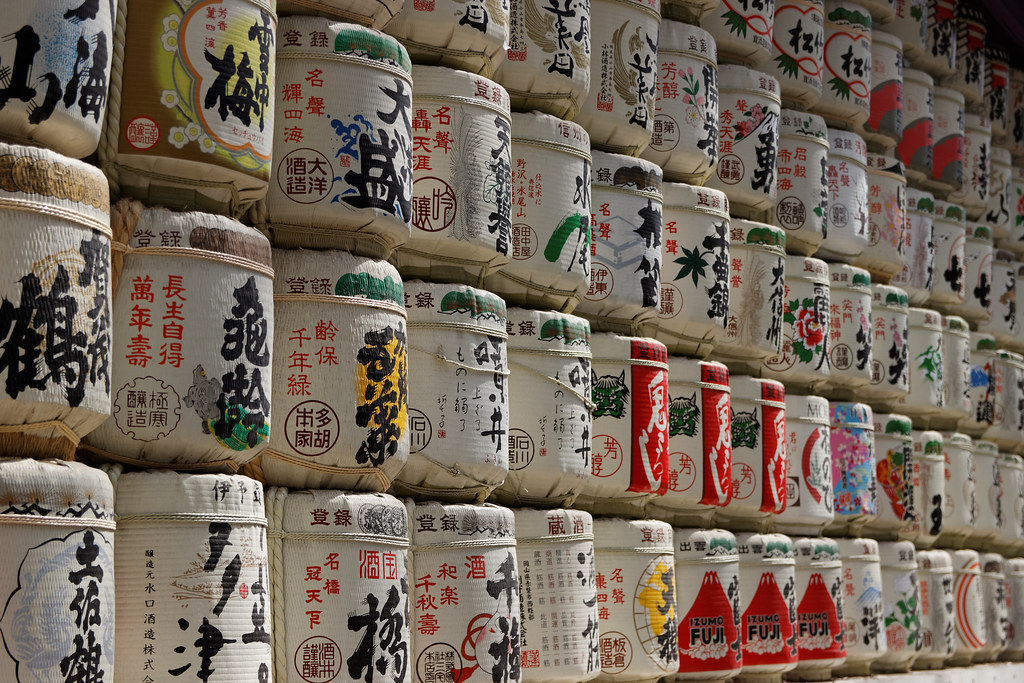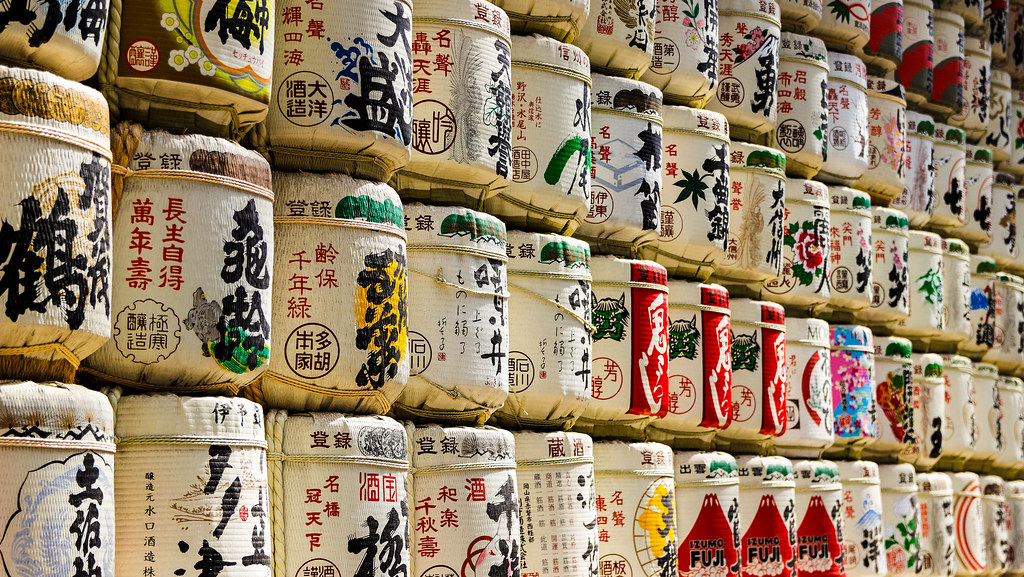Hey guys, I'm off on holiday next month and a big part of my travelling involves taking photos as a hobbyist and I am always working on improving upon my photography. I think some constructive criticism of my photo's would be appreciated as I am always looking to up my game to the next level and challenge myself.
Would appreciate if any of the pro's on here could review some of my photos and I'd be interested in any feedback on things you can identify that I might be doing 'wrong' or where I can improve upon.
Here are some photos taken back in March last year in Japan:
https://goo.gl/photos/PJzMFz5BoN42we7F9
Gear:
Canon 600D
Sigma 17-50mm f/2.8
Thanks
Would appreciate if any of the pro's on here could review some of my photos and I'd be interested in any feedback on things you can identify that I might be doing 'wrong' or where I can improve upon.
Here are some photos taken back in March last year in Japan:
https://goo.gl/photos/PJzMFz5BoN42we7F9
Gear:
Canon 600D
Sigma 17-50mm f/2.8
Thanks




 IMG_9492
IMG_9492 IMG_9492-2
IMG_9492-2
 .
.
